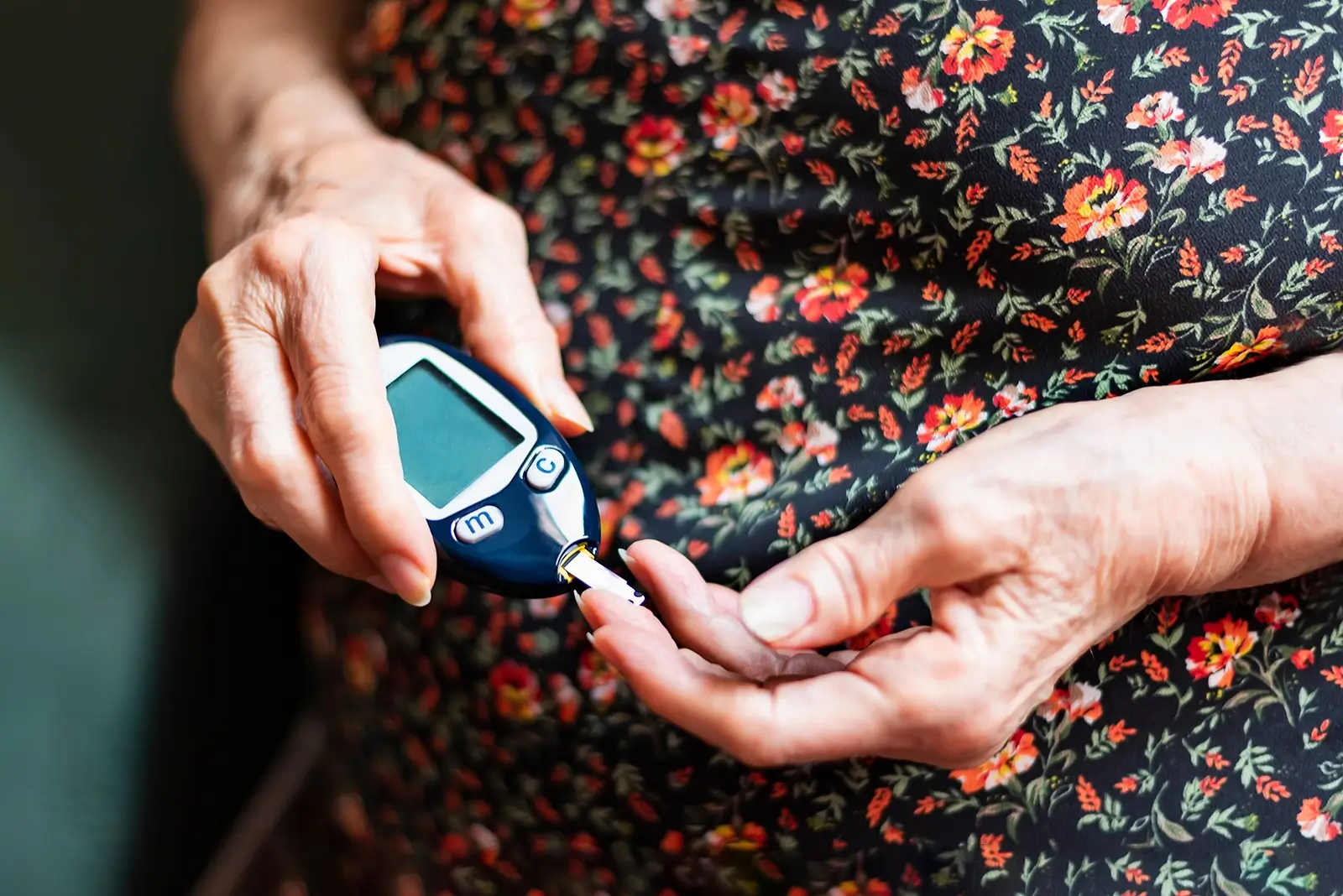Addressing the competitive landscape for Type 2 Diabetes trials in APAC countries
Addressing the competitive landscape for Type 2 Diabetes trials in APAC countries
Peter Alfinito, PhD, Executive Director, Strategic Delivery and Growth, CVMER
Jill Eddy, MS, Associate Director, Strategic Delivery and Growth, CVMER
Alberto Vicens Sanchez, PhD, Global Feasibility Lead II, Strategic Feasibility & Analytics
Type 2 diabetes mellitus (T2DM) continues to be a major health burden on societies across the globe. Whether related to lifestyle choices, genetics or age-related changes, the number of people with T2DM continues to grow each year.
Recent studies estimate that 529 million people across 203 countries are currently living with T2DM and the number is expected to swell to 1.3 billion by 2050[1]. While T2DM is clearly a global challenge, populations living in Asia Pacific (APAC) are particularly affected and comprise approximately 60% of cases. The burden of morbidity and mortality associated with the high prevalence of T2DM in Asian populations creates high need for effective treatments and has led to substantial investment in drug development within countries such as China, South Korea and Japan.
By the numbers: Evaluating the competitive landscape of Type 2 Diabetes trials in APAC countries
Worldwide, there are currently 460 industry-sponsored, open or planned clinical trials targeting T2DM patients, of which 426 are interventional studies. This data reveals 185 (43%) of these interventional trials are focused in either China, apan or South Korea. Of these 185 APAC-based trials, 121 (65%) are being conducted in China across 314 unique investigator sites. In Japan, there are 34 trials across 286 sites and in Korea, there are 36 trials being conducted by 60 sites, with some studies spanning multiple APAC countries.
These numbers position China, Japan and Korea as the first, fourth and fifth countries with largest number of competitive trials for T2DM in the world. The total number of T2DM patients to be recruited in these countries is estimated at more than 35,000, and the average number of patients recruited per site is 68 (including large Phase III and Phase IV interventional studies with high patient enrollment per site).
These data reveal an extremely competitive landscape among a limited number of experienced sites (i.e., approximately nine centers per study on average) and highlight the challenlges of not only finding patients but also having sufficient site resources for efficient trial conduct.
Strategies to succeed in the competitive landscape of T2DM
To address the competitive landscape of T2DM trials in APAC countries, Fortrea has implemented a multifaceted approach requiring a coordinated effort by the CRO and sponsor. Through our experience, we recommend the following considerations.
1. Examining protocol designs
We have witnessed complex protocols—with a high burden to the patients and sites—often perform the lowest within a highly competitive landscape.
To address this issue, we recommend working to understand the nuances of protocol design and collaborating with sponsors to ensure the protocol is attractive. For example, in T2DM studies, diary compliance and glucose monitoring frequency should be carefully considered to balance data needs with patient burden.
2. Developing strong site relationships
To support awareness of the trial and establish productive communication around the inherent challenges of these trials, it is important for sponsors to establish strong working relationships with sites.
3. Promoting the potential benefits of the trial
We recommend that sponsors support their study with scientific content, such as manuscripts, posters and news releases, which highlights both efficacy and safety. Both patients and investigators are more likely to be drawn to trials where they believe there will be high benefit and low risk.
4. Pre-identifying patients and easing the patient burden
Sites can be supported by pre-identified patients before the site initiation visit (SIV). This can be achieved through a wide range of educational materials. During the study, the use of digital technologies and mobile clinical services can help ease patient burden.
5. Leveraging a CRO’s site relationships
CROs have their own relationships with sites and can use these pre-established connections to bring visibility to your trial.
While these approaches can be applied broadly, every trial has unique elements that need to be specifically addressed.
Applying our comprehensive experience in APAC countries
Fortrea has gained more than 30 years of experience conducting clinical trials in the APAC region since opening our first Beijing office in 1988. In the last five years, we have conducted 1,045 studies in 45,157 sites with 400,381 patients across Oncology, Endocrinology, Cardiology, Neuroscience, Respiratory, Gastroenterology and many other indications. Our footprint in APAC spans:
- China: 1200+ employees at over 1,800 sites in current studies.
- Japan: 341 employees, who have demonstrated exceptional quality with 10 PMDA inspections since 2021 with zero findings.
- Korea: 90 CRAs (with five or more years of experience) who are delivering 113 active studies. Since 2018, the team has achieved zero critical findings from client audits and inspections by health authorities.
In addition to our strong operational footprint in China, Korea and Japan, we offer experts in the medical, regulatory and operational strategy areas who ensure efficient study design to enable on-time and on-budget delivery. Finally, we have site-specific performance data-including enrollment rates, start-up timelines and quality measures-on 500+ experienced endocrinology sites in China, Japan and Korea. Our therapeutic expertise combined with our operational excellence and deep data set, creates a comprehensive set of capabilities and allows us to de-risk the competitive landscape of T2DM trials and accelerate the development of these important studies.
To find out more about Fortrea's work in this therapeutic area, visit our webpage.
[1] Ong, et al. Global, regional, and national burden of diabetes from 1990 to 2021, with projections of prevalence to 2050: a systematic analysis for the Global Burden of Disease Study 2021. The Lancet. 2023;402(10397):203-234, https://doi.org/10.1016/S0140-6736(23)01301-6

